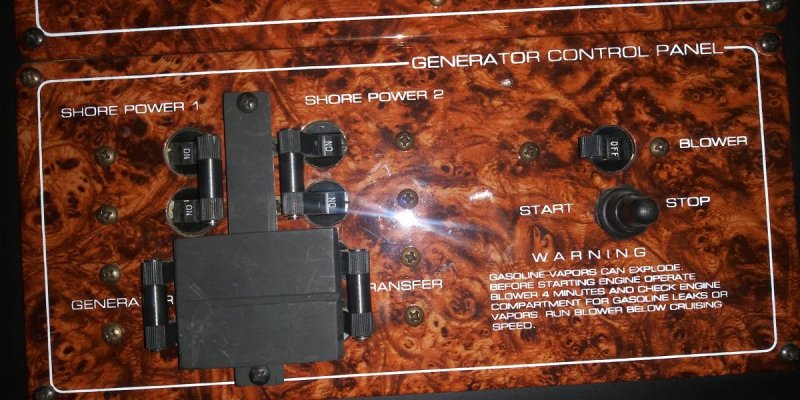If your genset is in the engine room and you are starting it while the engine room is still hot from a passage, the genset itself will already be warm to some extent. In this circumstance, I don't think you need to run it for too long at all before applying a load. Obviously, if you are in very cold conditions and the engine room itself is cold, letting the genset engine warm up to, say, 50% of its operating temp would make sense before applying load.
Do you have any metering at your helm or with the genset control panel that shows the amp output of the genset as loads are applied? Good idea to fit an ammeter if you do not have one. My metering (digital) shows volts, hertz, amps, run hours, genset start battery volts, etc.. Wouldn't be without it


